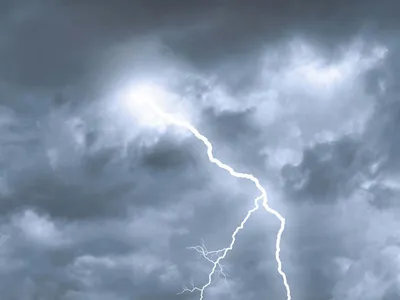The Reach of Those Who Teach

A couple of years ago, I was enjoying a quiet evening at home after a long weekend of teaching at a clinic hosted by one of the national training providers for owners of Beechcraft Bonanzas. As usual, the clientele included a mix of pilots with varied experience levels from folks who had just purchased their first Bonanza to others who had been flying the same model for many years. Everyone hoped to pick up a few new nuggets of knowledge while polishing their skills by flying with our skilled cadre of instructors who specialize in sharing the nuances of all things Beech. The various “type groups” that support specific aircraft breeds perform a valuable role by providing specific training and resources for owners and operators that are usually not available from a local CFI. As I watched the last embers fading from the warm fire beside my chair, contemplating trundling off to bed, my cell phone rang. “Hi Ken, It’s Rob. We flew together last Saturday in my Bonanza. I’m sorry to...




